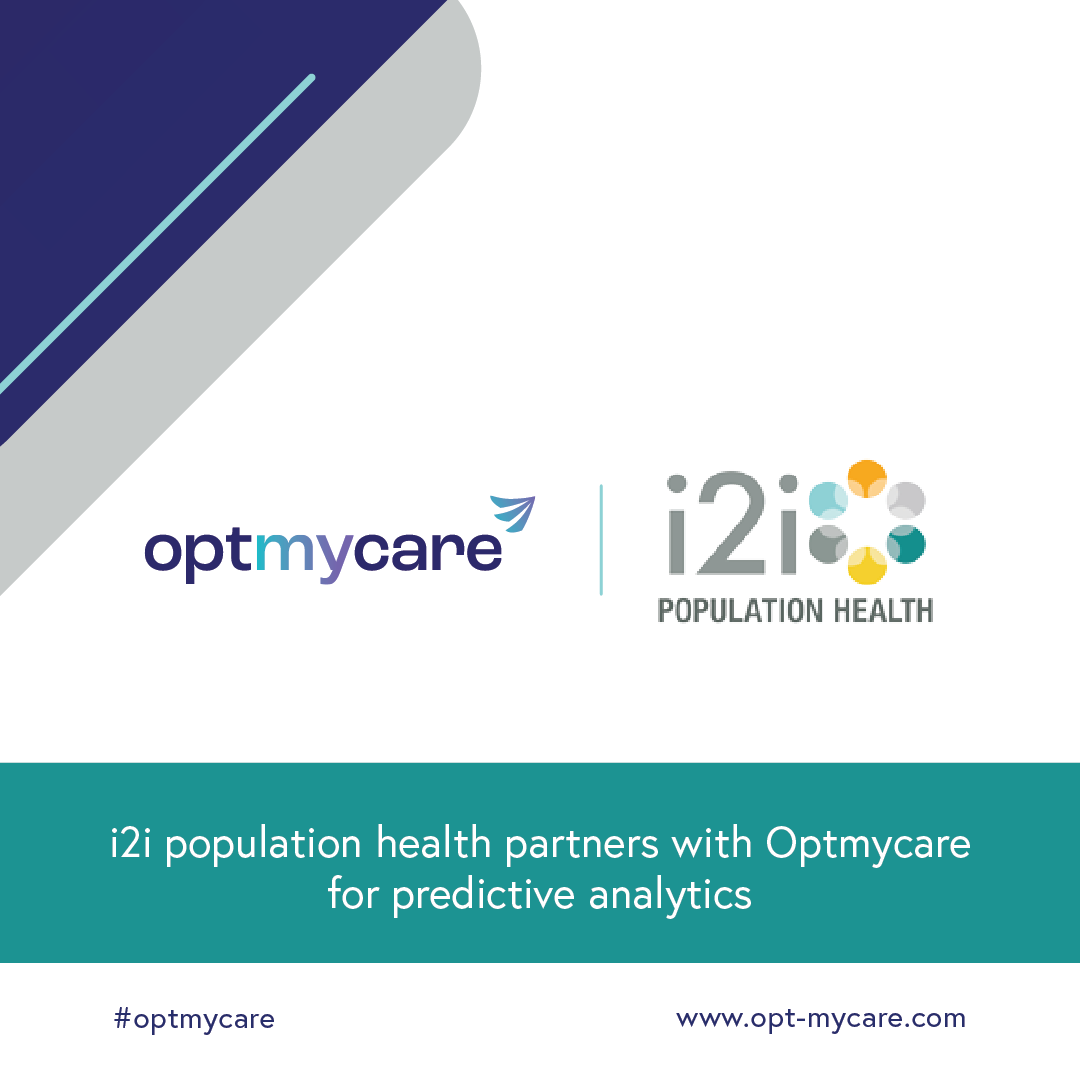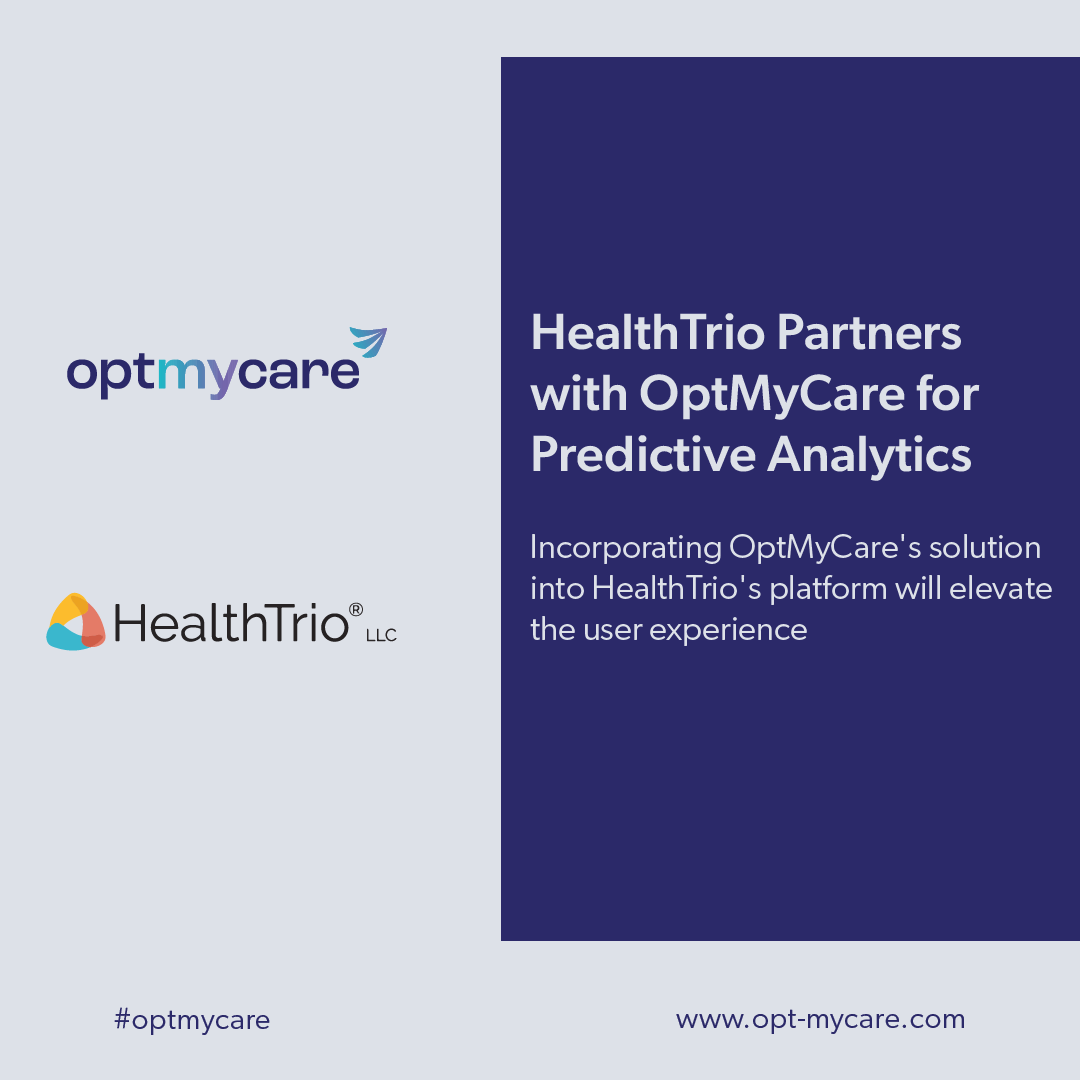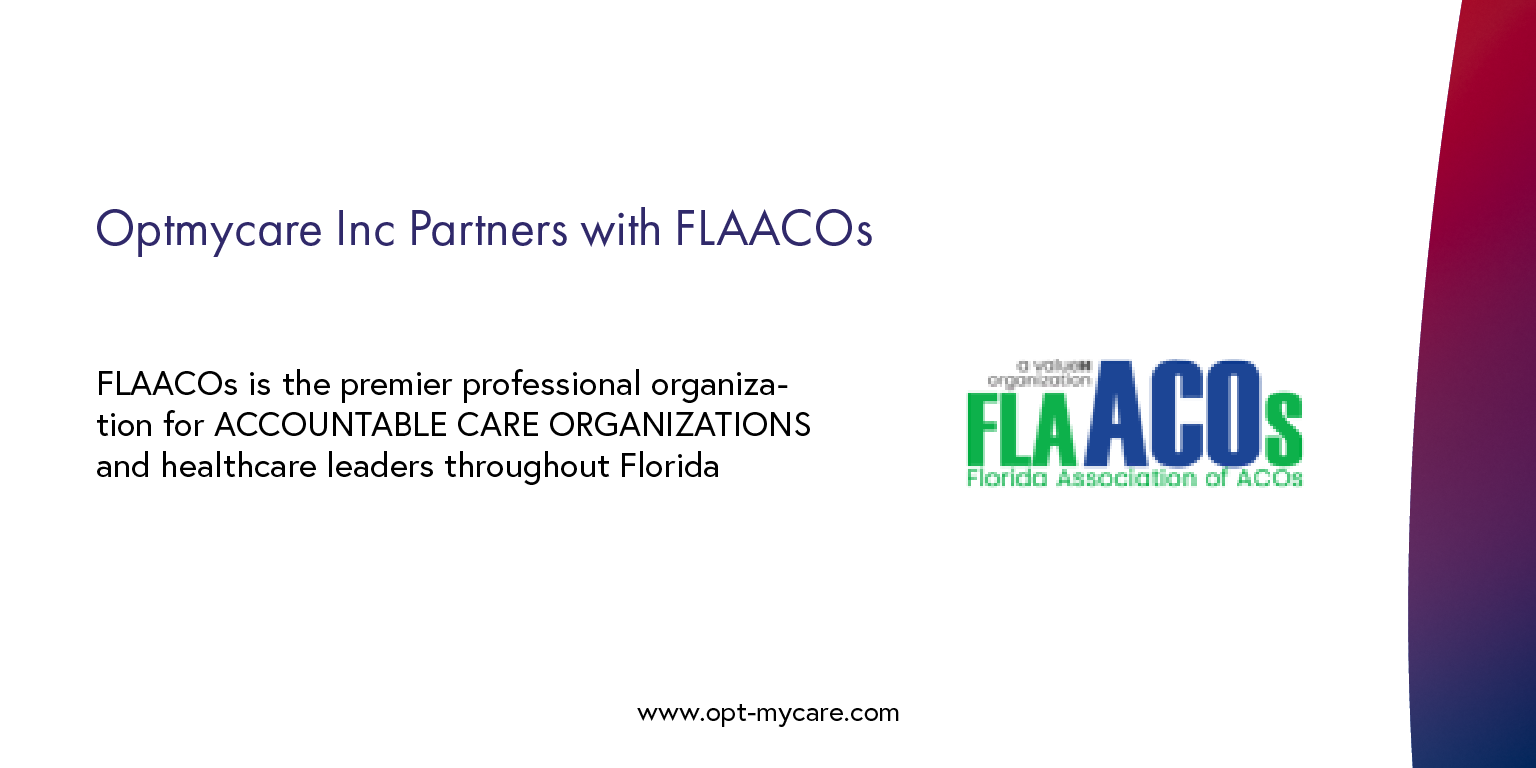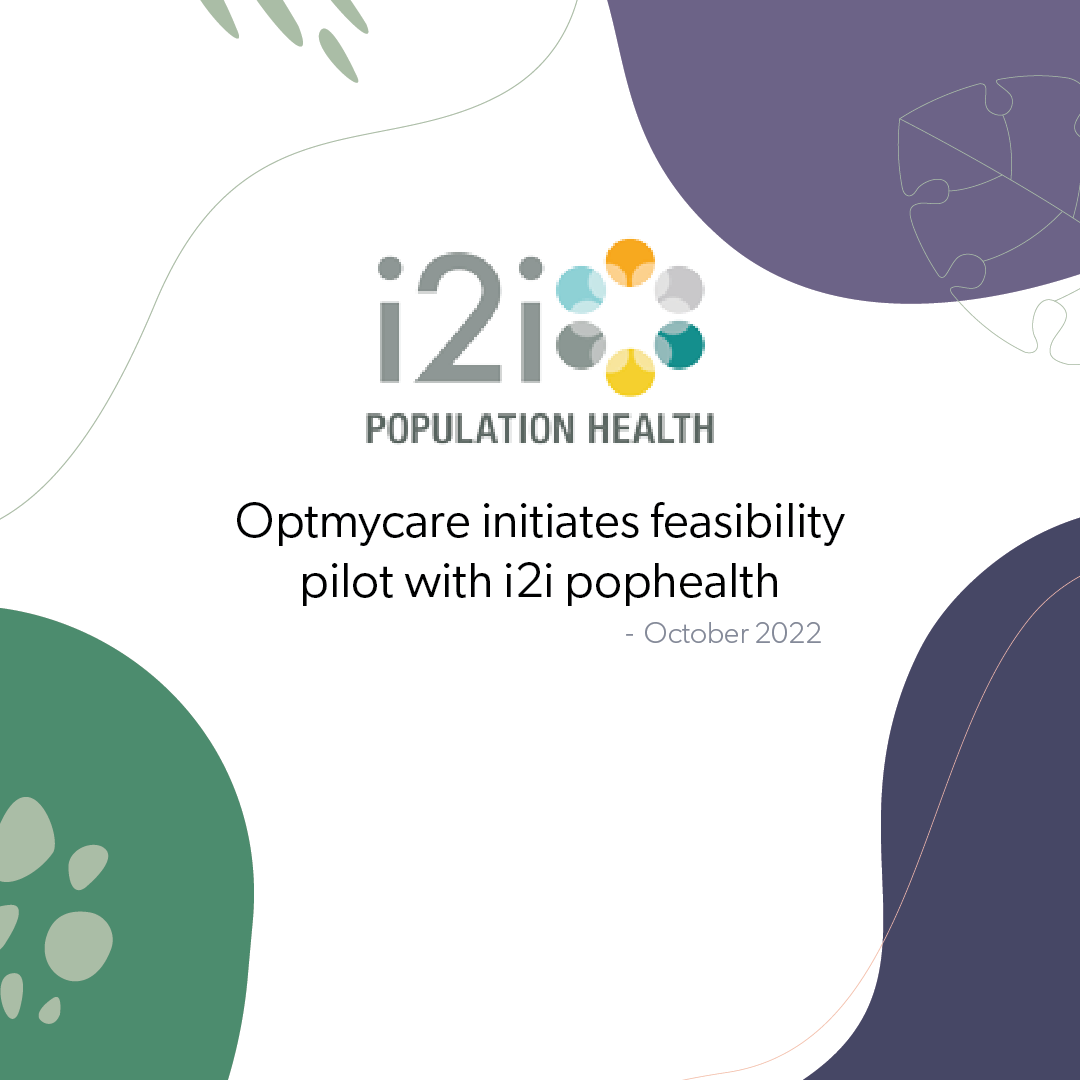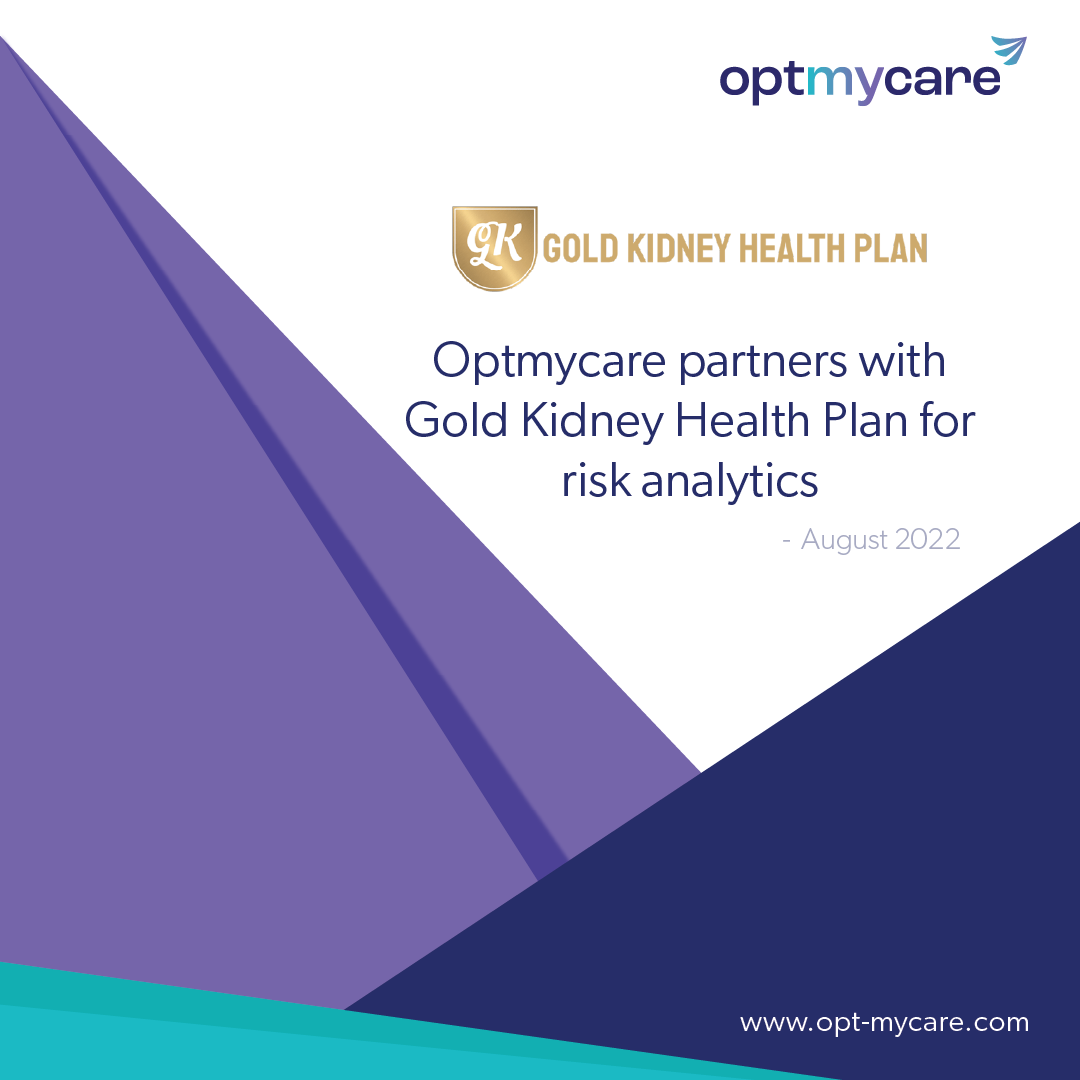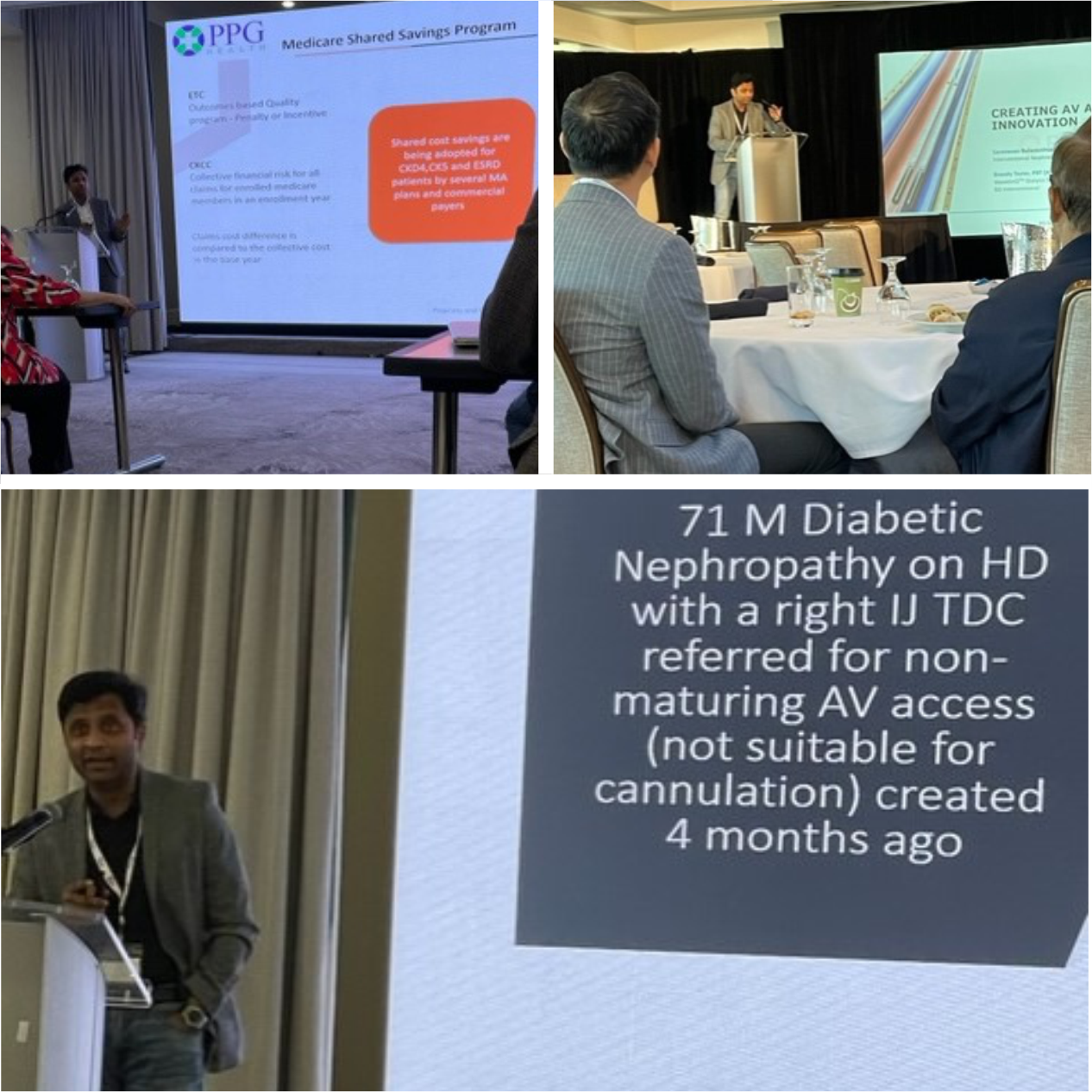
Starting the Year Strong: The 3 ACO Priorities for 2025
- OmcEditor
- No Comments
The start of a new year isn’t just a reset—it’s an opportunity to sharpen focus, refine strategy, and ensure your ACO is positioned for success. With ACO priorities shifting to meet the demands of value-based care, organizations must be more strategic than ever.
In 2025, thriving ACOs won’t be the ones trying to do everything—they’ll be the ones doubling down on data-driven decision-making, patient management, and operational efficiency. These aren’t just strategic objectives; they’re the key levers that will define success this year and beyond.
Data-Driven Decision Making: Turning Insight into Outcomes
 The future of healthcare is built on data, but having data alone isn’t enough—it’s how you use it that determines success. Predictive analytics can identify at-risk patients, but the real power lies in actionable analytics that tell care teams exactly what to do next. ACOs that integrate both prediction and action into their workflows can prevent complications before they escalate, leading to better patient outcomes and lower costs.
The future of healthcare is built on data, but having data alone isn’t enough—it’s how you use it that determines success. Predictive analytics can identify at-risk patients, but the real power lies in actionable analytics that tell care teams exactly what to do next. ACOs that integrate both prediction and action into their workflows can prevent complications before they escalate, leading to better patient outcomes and lower costs.
Beyond clinical data, a truly effective ACO strategy incorporates social determinants of health (SDoH), behavioral health indicators, and claims data. Patients don’t exist in silos, and their care plans shouldn’t either. By layering different data sources, ACOs can see the full picture and address risks at their root cause. For example, a patient with diabetes may be flagged as high risk due to missed appointments, but a deeper dive into SDoH data could reveal transportation barriers as the real issue. With this insight, a care manager could intervene, arranging transportation and ensuring better follow-through on care plans.
Timeliness is another critical factor. Real-time analytics empower care teams to intervene before issues become crises. A congestive heart failure patient experiencing early weight gain could trigger an immediate outreach, preventing an avoidable hospital admission. ACOs that make real-time decision-making a priority will not only improve patient outcomes but also drive financial sustainability.
Patient Management: Moving Beyond Transactions to Connections
Managing patient care in an ACO isn’t just about tracking conditions; it’s about building trust and engagement. When patients feel supported, they’re more likely to adhere to treatment plans, attend follow-ups, and participate in preventive care. That’s why patient management must move beyond transactional care models into a more holistic, relationship-driven approach.
One of the most effective ways to achieve this is through personalized, segmented care plans. Not every patient requires the same level of intervention. A high-risk patient with multiple chronic conditions might need frequent touchpoints with a care manager, while a rising-risk patient could benefit from targeted education and remote monitoring. Matching the right level of engagement to the right patient ensures that care is both efficient and impactful.
 Technology also plays a key role in patient engagement. Remote monitoring, AI-driven outreach, and telehealth solutions allow ACOs to stay connected with patients between visits, fostering continuous engagement and proactive intervention. But technology alone isn’t enough—high-touch care management services enhance the experience by ensuring patients receive personalized attention. A simple follow-up call from a care manager to check in on medication adherence or post-hospital recovery can make all the difference in keeping patients on track.
Technology also plays a key role in patient engagement. Remote monitoring, AI-driven outreach, and telehealth solutions allow ACOs to stay connected with patients between visits, fostering continuous engagement and proactive intervention. But technology alone isn’t enough—high-touch care management services enhance the experience by ensuring patients receive personalized attention. A simple follow-up call from a care manager to check in on medication adherence or post-hospital recovery can make all the difference in keeping patients on track.
Preventive care is another essential focus for 2025. Annual wellness visits, early screenings, and structured outreach don’t just identify problems earlier—they demonstrate a commitment to keeping patients healthier for longer. ACOs that integrate care management services with predictive analytics can ensure that the right patients receive the right level of engagement at the right time, reducing unnecessary costs and improving outcomes.
Operational Efficiency: The Foundation for ACO Success
Even the best strategies will fall apart without the right operational framework. Efficiency isn’t just about reducing costs—it’s about ensuring that workflows, resources, and teams are optimized to support high-quality, value-based care.
One key area where ACOs can improve efficiency is through automation and technology integration. Administrative tasks like scheduling, billing, and documentation take up valuable time that could be spent on patient care. By automating these processes, ACOs can reduce administrative burden and allow clinical teams to focus on what matters most—improving patient outcomes.
Standardizing care pathways is another way to ensure operational success. Developing evidence-based protocols for chronic disease management, preventive care, and care transitions creates consistency while still allowing for flexibility where needed. This approach not only improves care quality but also enhances financial and compliance performance by ensuring that all necessary quality measures are met.
Equally important is workforce empowerment. A well-trained, well-equipped team is essential for any ACO looking to succeed in 2025. Providing care teams with access to real-time data, streamlined workflows, and care management support allows them to work more effectively and efficiently. When teams have the tools and insights they need at their fingertips, they can intervene earlier, coordinate care more effectively, and ultimately drive better outcomes.
Your 2025 Blueprint for Success
As ACOs navigate the year ahead, those that focus on data-driven decision-making, patient management, and operational efficiency will lead the way in transforming healthcare delivery. Success in 2025 requires:
1. From Insight to Action: Using data to not just identify risk but to take meaningful, measurable action that improves patient outcomes.
2. Stronger Patient Relationships: Moving beyond transactional care to create engaged, proactive patient experiences that improve long-term adherence.
3. Streamlined Operations: Ensuring care teams are supported with the right tools, workflows, and care management resources to deliver high-quality, cost-effective care.
By making ACO priorities clear and actionable, organizations can drive better outcomes, reduce costs, and position themselves for long-term success in value-based care.
How OptMyCare Can Help
At OptMyCare, we specialize in turning these priorities into action. Our clinically-engineered AI platform and care management services help ACOs move beyond data collection to real-time, proactive patient intervention.

OptMyCare’s predictive and actionable analytics help ACOs:
1. Identify rising-risk and high-risk patients before conditions escalate.
2. Deploy personalized care management services to close gaps in care.
3. Automate workflows and optimize operations, ensuring resources are used efficiently.
With technology-driven insights and dedicated care management services, OptMyCare helps ACOs enhance patient engagement, reduce hospitalizations, and improve financial performance.
Let’s Make 2025 the Year of Action
Schedule a consultation with OptMyCare today and discover how we can help you transform challenges into opportunities and data into action.
This is your year to lead with clarity, act with purpose, and achieve with impact. Let’s get started!




